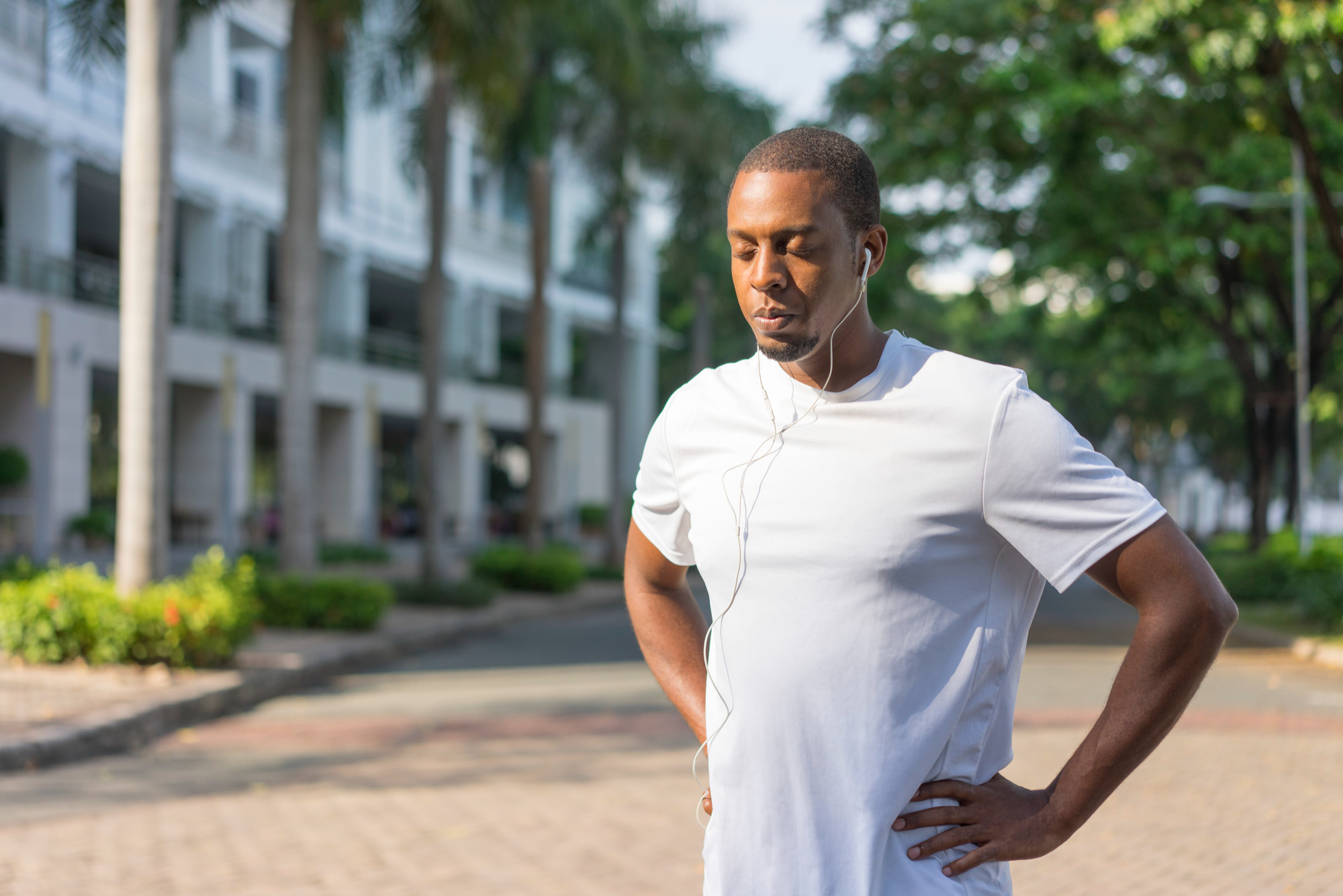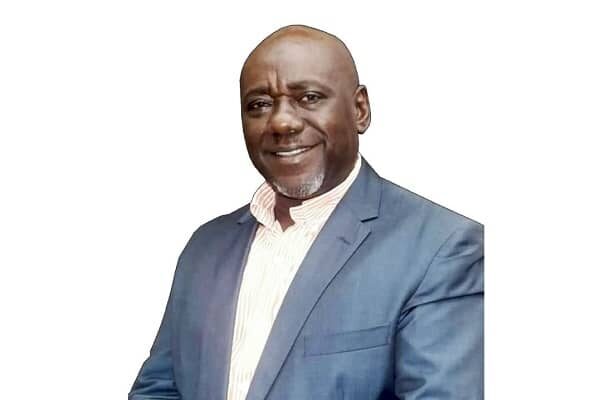Often overlooked and shrouded in stigma, andropause (or “male menopause”) is a real condition that affects millions of men as they age. Marked by a gradual drop in testosterone, it brings emotional, physical, and sexual changes that are rarely discussed. It’s time to talk about the silent shift happening in men’s bodies.
I have always heard people say women age like milk, and thus women should marry before they turn 30. The implication of this belief is that time only affects women’s fertility. While that may be true in some instances, little attention is paid to how time impacts men’s reproductive health. Research has shown that men, too, experience andropause, an equivalent of menopause.
However, the scale differs significantly, say Drs Saalu and Osinubi of Lagos State University College of Medicine (LASUCOM).
Commonly referred to as “male menopause,” andropause describes an age-related reduction of testosterone in men. However, there is a huge difference in the way men and women experience hormonal transition. For women, oestrogen levels drop dramatically between the ages of 45 and 55, and this forces a sudden shift. However, for men, the drop in testosterone, their dominant sex hormone, is far less drastic and takes place very slowly over the years.
“Levels drop about 1.6% per year beginning in a man’s mid-30s. About 10% to 15% of men aged 60 and older have low testosterone levels, and that percentage rises further as men get older,” says Dr Mathew Solan, Executive Editor, Harvard Men’s Health Watch. “About 10% to 15% of men ages 60 and older have low testosterone levels, and that percentage rises further as men get older.”
Dr Solan explains that while women experience a sharp fall in oestrogen at menopause, men’s testosterone may decline below average levels. In some middle-aged men, damage to the testes or to the part of the brain that regulates hormones can trigger a sudden, more severe drop.
Other factors may also affect testosterone levels in men, says Dr Shalender Bhasin, Professor of Medicine at Harvard Medical School. “The trajectory of age-related decline in testosterone level in men is influenced greatly by weight gain, lifestyle factors, and chronic diseases,” he says. But because symptoms often resemble normal ageing, many men never recognise them as hormonal changes.
Experts note that testosterone deficiency can also result from injury, infection, radiation, or cancer treatments such as androgen deprivation therapy and chemotherapy. According to the UK’s NHS, “midlife crisis”, prolonged alcohol intake, low self-esteem, and sedentary lifestyle may cause andropause. Chronic illnesses, obesity, stress, long-term use of anabolic steroids, and opioid medications are also common contributors.
Still, testosterone deficiency caused by factors such as obesity, medication use, or disease may be temporary and reversible.
SYMPTOMS OF ANDROPAUSE

Male menopause can lead to a range of physical, sexual, and psychological challenges that worsen with age. Common symptoms include low energy, depression or persistent sadness, and a drop in motivation and self-confidence.
Some men may find it harder to concentrate or struggle with insomnia and poor sleep. Physical changes can include increased body fat, reduced muscle mass, and a general feeling of weakness. Others may notice a sudden development of breast tissue, lower bone density, erectile dysfunction, reduced sex drive, and even infertility.
TREATING ANDROPAUSE

The most common way to manage male menopause is by adopting a healthy lifestyle. This includes eating a balanced diet, exercising regularly, getting enough sleep, and reducing stress. These habits benefit all men, but for those experiencing symptoms of male menopause, they can lead to significant improvements in overall health.
If depression is one of the symptoms, doctors may recommend therapy along with lifestyle changes. Another possible treatment is hormone replacement therapy, though it remains controversial. Like performance-enhancing steroids, synthetic testosterone can cause harmful side effects.
Maintaining a healthy weight also plays a key role, as excess body fat, especially around the abdomen, can lower testosterone levels. Exercise, especially a combination of high-intensity interval training (HIIT) and weight lifting, can help boost testosterone and improve overall health.
Quality sleep is equally important. Most testosterone is released during deep sleep, especially during the rapid eye movement (REM) stage. Aim for seven to nine hours of sleep each night. Conditions like sleep apnea, which cause brief pauses in breathing during sleep, can also reduce testosterone levels.
It is normal for testosterone levels to decline with age, and for many men, the symptoms are mild and manageable without treatment. However, if the symptoms become difficult to cope with, it’s important to speak with a doctor.








